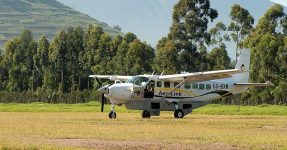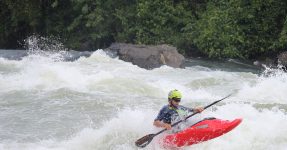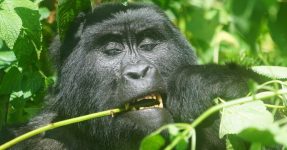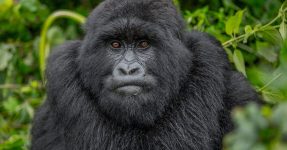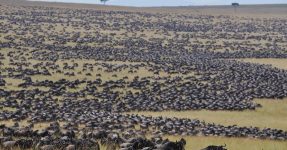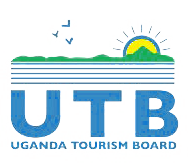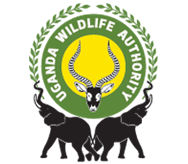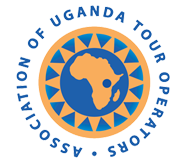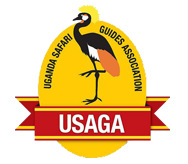Uganda gorilla trekking Vs Gorilla habituation experience
Uganda gorilla trekking Vs Gorilla habituation experience is a question that needs to be answered while planning your Uganda safari. Many people always wonder about gorilla trekking and gorilla habituation experience and they ask themselves which one is better than the other.
Gorillas in Uganda are found in two national parks of Bwindi impenetrable and Mgahinga gorilla national park where gorilla trekking takes place easily but it is only in Rushaga one of the sectors in Bwindi Impenetrable National Park where gorilla habituation is done.
Gorilla trekking is when a group of 8 people is led to the forest to look for an allocated gorilla family and when found, they are only allowed to stay in their presence for only one hour; on the other hand, gorilla habituation experience is when 4 people spend a maximum of four hours in the presence of mountain gorillas getting them more familiar to the presence of human beings. This is done in the presence of researchers, rangers and experts.
Both gorilla trekking and gorilla habituation experiences are very demanding though most travelers prefer gorilla habituation to trekking, because of certain reasons as mentioned below;-
More time. During gorilla habituation experience, you will move to a gorilla family which is not familiar with the presence of human beings meaning they are still wild or semi-wild. You will spend about 4 hours training them to get used to the presence of human beings. And while on a gorilla trekking experience, it is just a matter of spending one hour in the presence of already habituated gorilla groups watching them do their activities which may not be more interesting than spending 4 hours looking at them.
Cost of the permit; a gorilla permit is what allows you to take part in both gorilla trekking and habituation experiences, since the time spent in presence of gentle giants differs, the cost of permits is also different. A gorilla trekking permit costs USD 800 while gorilla habituation permits is USD 1500. In this case, budget – sensitive travelers may not afford to pay for habituation permit and could consider undertaking gorilla trekking experience.
The number of participants; a gorilla trekking tour allows up to 8 participants, a ranger and porters which can but when you are habituating gorillas, you take time to view the gorillas since there are only 4 participants, rangers, experts, researchers and this gives you more comfort. The reason why you move with the ranger in all experiences is that in case of anything they are available to offer protection.
Also when you are on a habituation experience, you learn more because of the more time you spend with gorillas not like trekking where you just hang out with gorillas for one hour and that’s why gorilla habituation is referred to as a learning experience.
Another reason is the availability of gorilla groups. There are only 22 fully habituated gorilla families now open for tourists to trek and 2 groups in Rushaga sector which provide an opportunity for the habituation experience to take place.
Note that whoever ha flue, cough and Malaria will not be allowed to take part in both activities because these gorillas can easily be infected with such diseases. The minimum age for both activities is 15 years and for those below that age will not be allowed to trek or habituate gorillas.
What to pack on your gorilla trekking safari?
When planning for either gorilla trekking or habituation experiences, include the following in your pack list;
A camera for taking photos, binoculars for seeing far away attractions, and good hiking shoes since both activities include hiking the mountainous terrains in Bwindi to search for mountain gorillas, long pants and shirts to protect from insect bites like stinging nettles and any other item you may wish to come along with or as advised by your tour operator.




